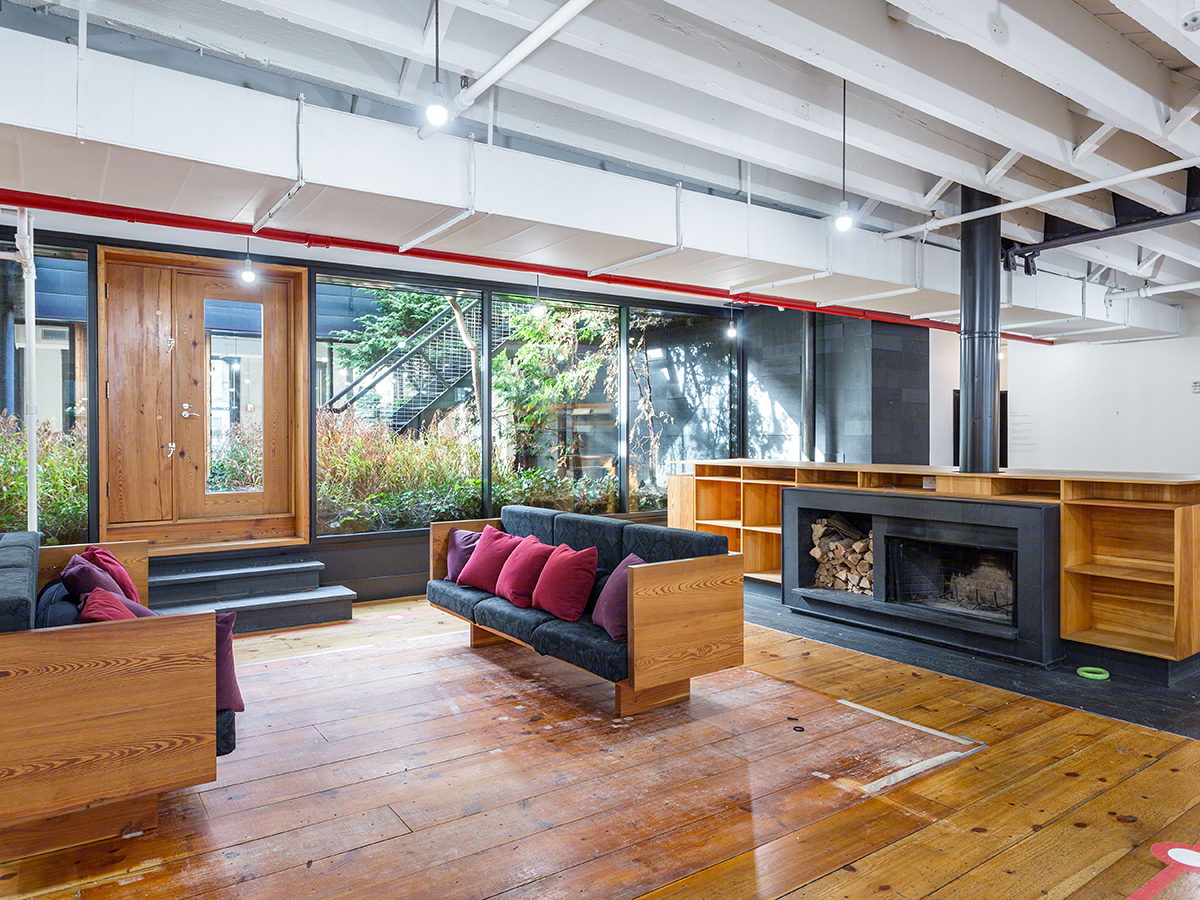Case Studies: Technology’s Towering Encore
Liberty, Comcast Re-Team in Philadelphia
By IvyLee Rosario

The building will provide incubator space for both local technology startups and emerging companies seeking to grow. Rendering courtesy of Comcast Corp. © DBOX
As the Comcast Technology Center in Philadelphia heads for the home stretch, the $1.5 billion tower is in line for multiple distinctions. Topping out at 1,121 feet, the building will be the tallest in the U.S. outside of New York and Chicago and No. 9 overall. It’s a candidate for LEED Platinum certification. No less striking will be its mix of uses, from corporate space for its name tenant to broadcast studios for local NBC and Telemundo affiliates to incubator space dedicated to local technology startups—all topped off by a newly relocated Four Seasons hotel.
Located at 1800 Arch St. in Philadelphia’s Center City, the project marks the second signature tower developed by Comcast Corp., its 80 percent owner, and Liberty Property Trust, which owns a 20 percent stake. Previously, the team developed Comcast Center, the neighboring 975-foot trophy tower that opened in 2008.
“A colleague of mine once described the Technology Center as a 1,100-foot-tall Swiss watch,” said John Gattuso, senior vice president at Liberty Property Trust. “It is an immensely intricate and complicated thing that has a lot of functions happening in a very condensed space, but it’s been a wonderfully smooth project to this date.”
That smooth execution owes a good deal to the long working relationship of the team members. Most started working together a dozen years ago on Comcast Center. That history has bred trust and communication, Gattuso noted.
Four years of effort will begin bearing fruit this year, when 1.3 million square feet of office space opens on the building’s first 45 floors. Comcast will move into 982,275 square feet under a 20-year lease. The interior design by Gensler was inspired by the loft workshops that bloomed across the city a century ago. To foster collaboration, the building will contain no private offices but “will have a significant amount of common area in this space, almost a one-to-one ratio between occupied seats and breakout space,” Gattuso reported.
Today’s workplace sensibilities are also reflected in 13 three-story atriums on the building’s eastern perimeter. These light-filled areas will provide gathering places to foster creativity and enable workers to recharge.
Perched above the office portion will be the new home of the Four Seasons Hotel Philadelphia, which will make the two-block move from its former location at One Logan Place. Scheduled to open during the second quarter of 2018, the hotel will offer 200-plus luxury guestrooms, event and meeting facilities, and a restaurant with 360-degree views. Rounding out the property’s mixture of uses, the new tower will also offer 2,682 square feet of retail.
These diverse functions will be housed in a building designed by Foster + Partners, the London-based firm led by the renowned architect Norman Foster. Signature features include a block-long lobby, a glass-enclosed indoor plaza and an elevator core placed unconventionally on the building’s west side rather than at its center. To account for that shift of location, diagonal braces on the building’s east side will add structural stability.
Platinum pursuit
Like a growing number of trophy towers, the Comcast Technology Center is a candidate for LEED Platinum certification. A model transit-oriented development, the tower will provide direct access to Suburban Station, a regional rail hub located next door at 16th Street and John F. Kennedy Boulevard. For commuters, hotel guests and visitors, public transportation will practically be mandatory; between them, the two Comcast towers will offer only 140 parking spaces for an estimated workforce of 8,000. Other green highlights will include rooftop stormwater storage, energy-efficient plumbing and extensive use of natural light.
One less conventional feature will be the use of chilled-beam technology for the HVAC system. More common in Europe than in the U.S., the technology relies on water passed through a heat exchanger rather than on the forced-air method typical in the U.S. “This is a much more energy-efficient method of conditioning air, one which we think will deliver a greater deal of comfort to the occupants of the building,” Gattuso said.
In keeping with Comcast’s mission as a technology leader, the new tower will provide space for brand-new and emerging technology companies. That, Gattuso said, speaks to “the importance of creating an incubation environment … and how important that would be for the Philadelphia economy and for Comcast to continue to blossom in Philadelphia.”
Originally appearing in the CPE-MHN Guide to 2017.







You must be logged in to post a comment.